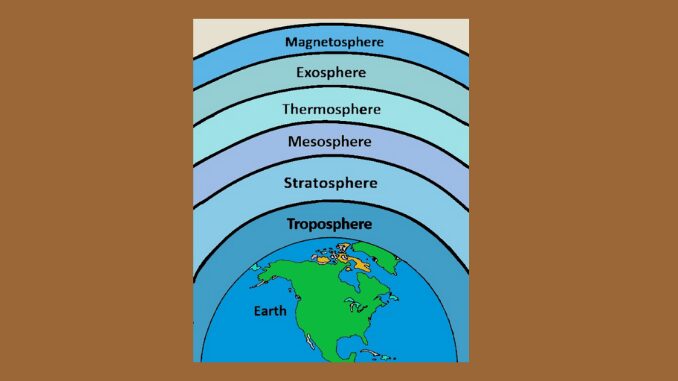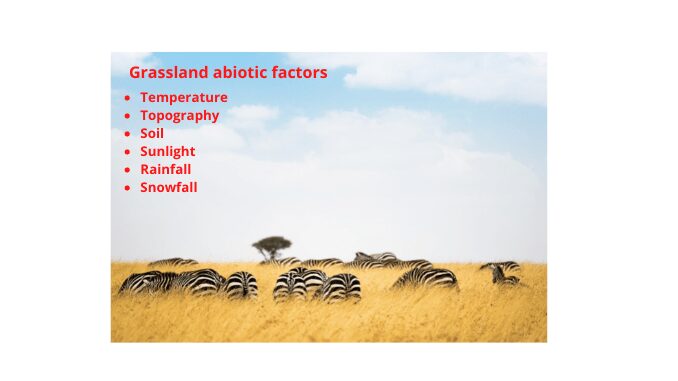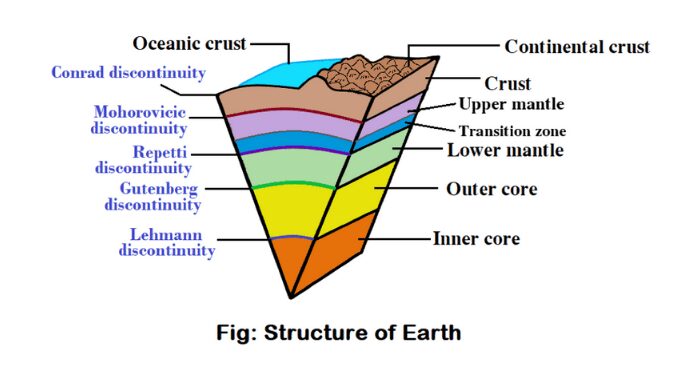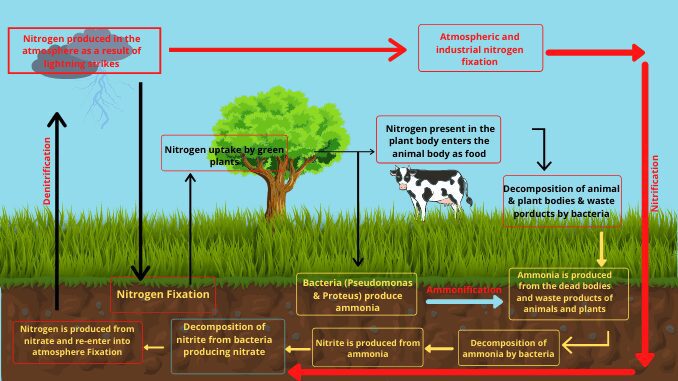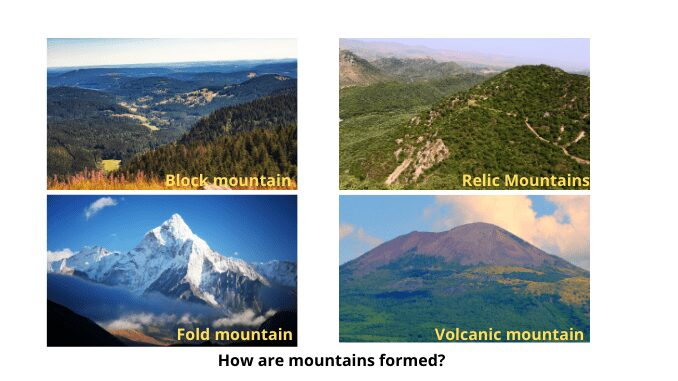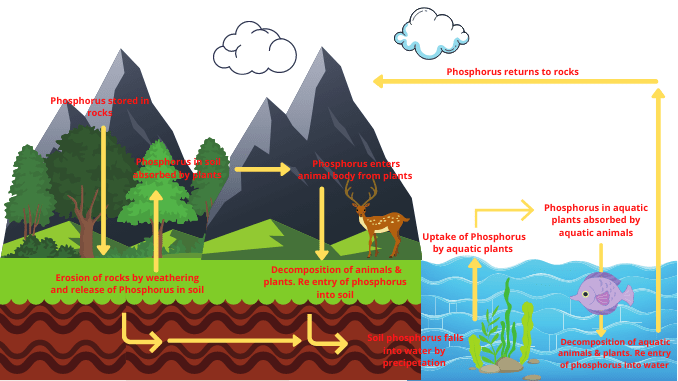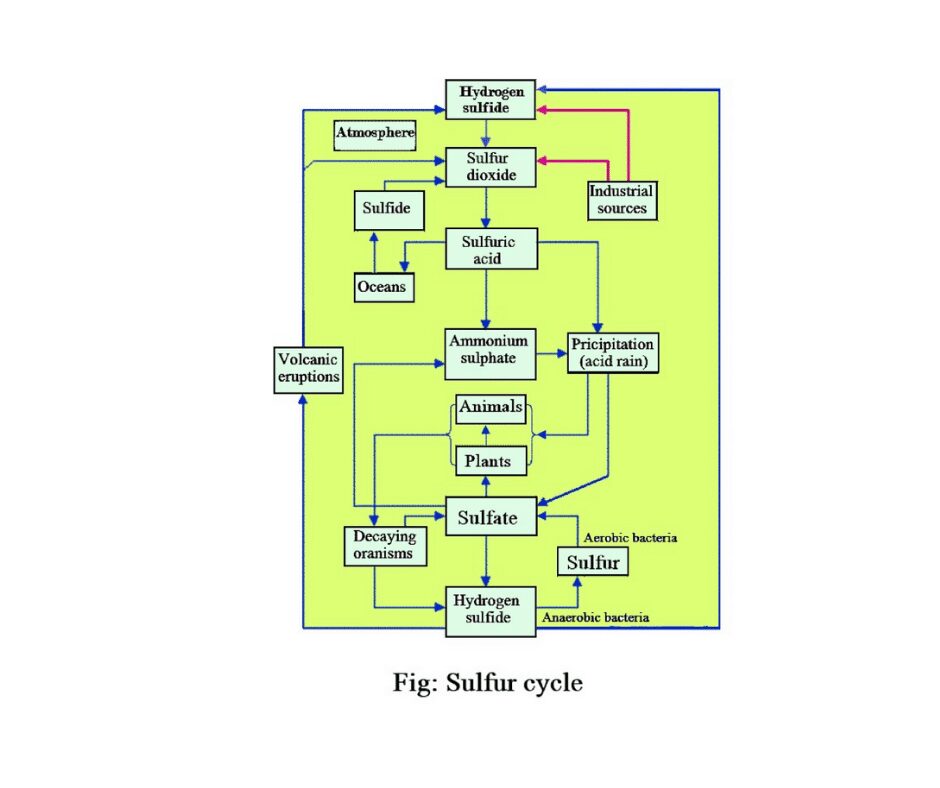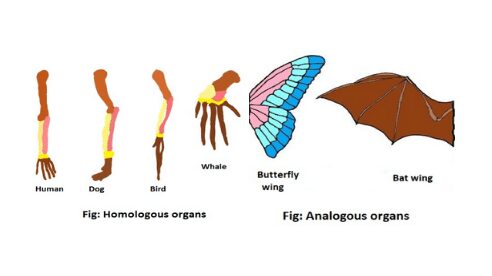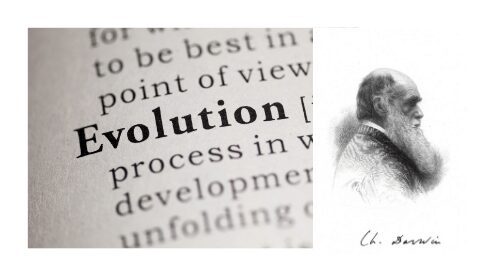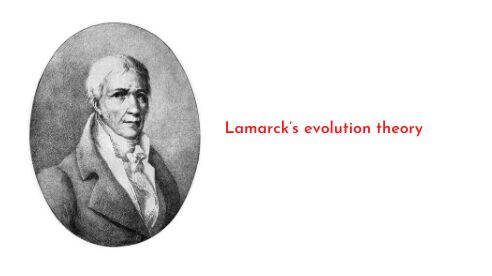Evolution of Earth’s atmosphere
Introduction Earth is the only planet in the solar system that has a life, this is because of the earth’s unique atmosphere. The evolution of the earth’s atmosphere did not happen suddenly, it takes place through various processes and the present atmosphere has been created. Life has not yet been found among the other planets […]
Evolution of Earth’s atmosphere Read More »

